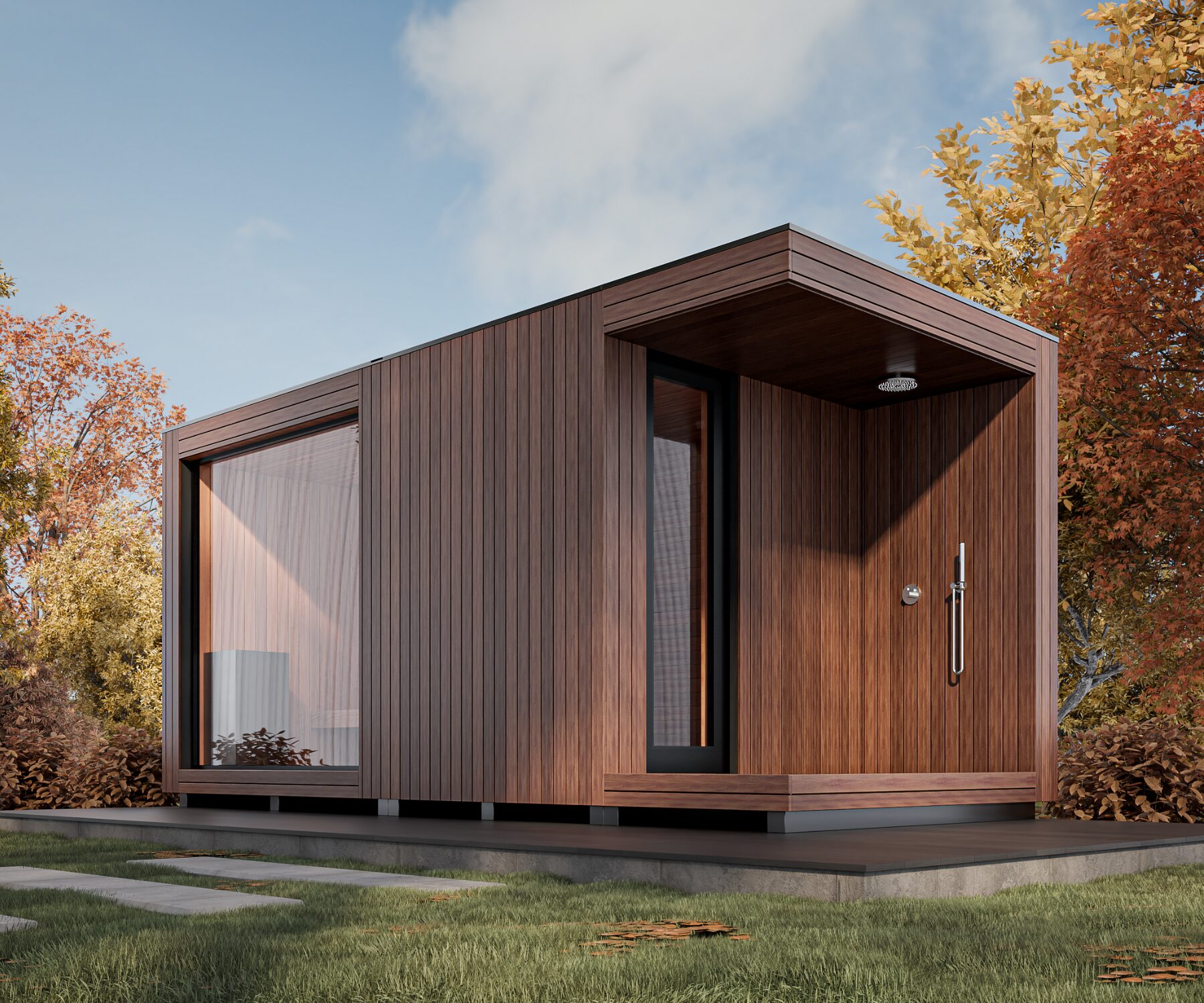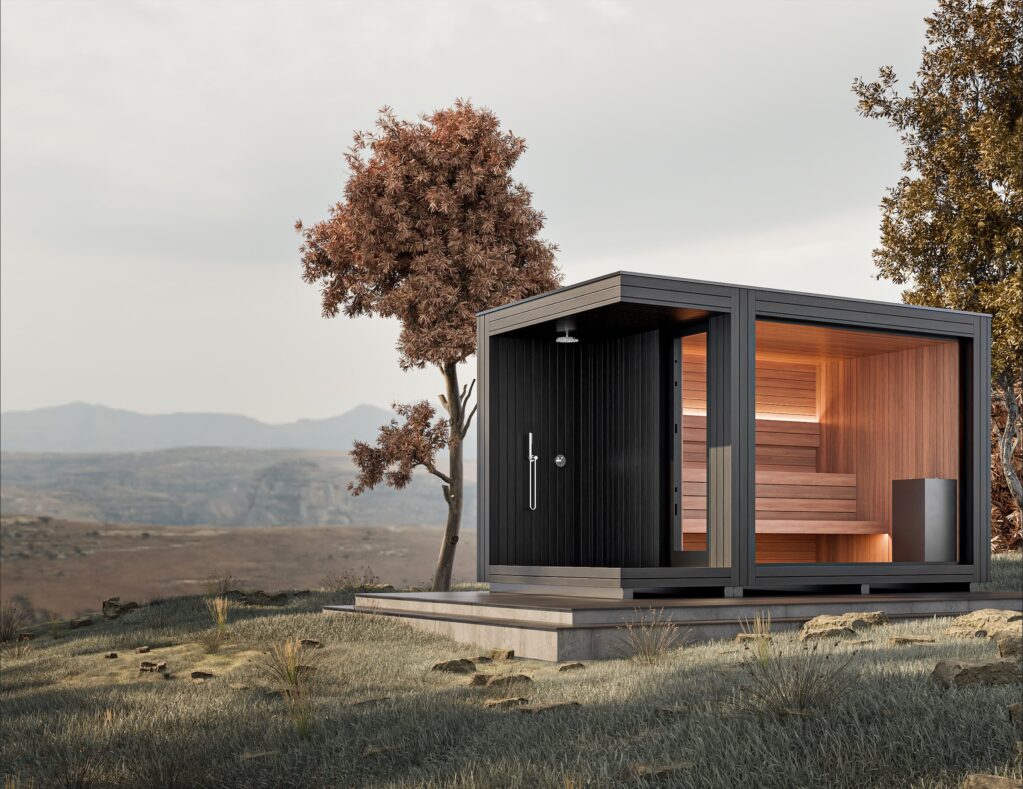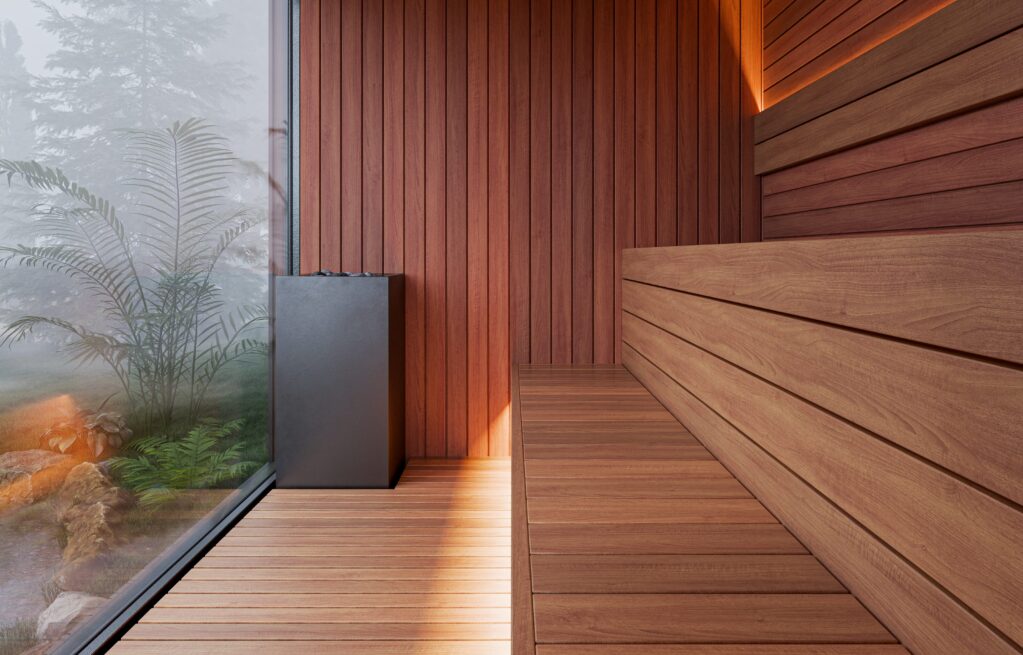Imagine stepping into your own wellness retreat every time you cross your garden or pass through to the spare room.
A home sauna is no longer a distant luxury — it’s becoming a cornerstone of the health and self-care movement across the UK. In this post, Wellness One explores why home saunas are surging in popularity, what scientific and expert opinion supports the trend, and how Wellness One’s tailored products help you bring the spa home.

Why Home Saunas Are Trending in the UK
In the past few years, the UK has seen a notable rise in communal sauna culture — from sauna “socials” in East London to aufguss nights with ambient programming and soundtracks.
These communal experiences are adding a social, ritualistic dimension to what was once a solitary wellness activity.
Parallel to that, more Britons are choosing to build saunas at home. According to The Guardian, Google search data suggests significantly increased interest in “home sauna” installations, aided by people investing in home wellness during and after the pandemic.
The logic is simple: why drive to a spa when your sanctuary can be in your own space?
Interior vs. Garden Saunas — What’s More Popular?
Outdoor or garden saunas are particularly appealing in the UK. They allow you to preserve interior floor space, blend the wellness experience with nature, and often come with fewer building restrictions. Wellness One’s outdoor sauna range is especially designed for the UK climate, with advanced insulation, wind-blocking layers, and thermally treated wood.
Indoor saunas (or “wellness pods”) still hold strong appeal for those wanting convenience and integration into existing spaces. Some models combine sauna and steam, creating a full micro-spa that can be tucked into a loft, large bathroom, or dedicated room.
The Wellness Science: What Experts Say About Saunas
Cardiovascular & Longevity Benefits
Multiple meta-analyses, including work collated by the Global Wellness Institute, suggest that regular sauna use is associated with reduced risks of high blood pressure, stroke, cardiovascular events, and even all-cause mortality.
For instance, the Eastern Finland cohort studies found that sauna users 4–7 times a week had a dramatically lower risk of dementia and cardiovascular disease compared to infrequent users.
That said, most of these studies are observational, so causation is not fully established — but the associations are strong and consistent.
Inflammation, Detox & Immune Support
Heat therapy induces vasodilation, improves circulation, and helps flush metabolic byproducts via sweating.
Some controlled studies have also shown reduced markers of inflammation and improved endothelial function.
As for “detoxification,” while the notion of “flushing toxins” should be taken with caution, regular sweating does support the body’s natural cleansing mechanisms (kidneys, liver, skin).
Saunas may also support immune function. Heat stress seems to stimulate white blood cell production and may improve resistance to infections.
Stress, Sleep & Mental Wellbeing
One of the most compelling benefits — and easiest to feel personally — is stress reduction. Sauna use triggers endorphin release, lowers cortisol, and provides a meditative break from daily pressures. Several wellness commentators credit the “reset” effect of a sauna to improved mood, clarity, and resilience.
Moreover, changes in core temperature after a session may support better sleep onset and deeper sleep cycles.
Muscles, Recovery & Performance
For people following fitness regimens, saunas can aid recovery. Heat helps to relax muscles, improve blood flow, and reduce delayed onset muscle soreness (DOMS). While saunas are not a substitute for strength training, they complement a holistic training and recovery protocol.
Considerations, Safety & Best Practice
- Start slow: If you’re new to sauna use, begin with shorter sessions (5–10 minutes) and moderate temperatures, then scale up based on tolerance.
- Stay hydrated: Drink water or electrolyte fluids pre- and post-session.
- Cool-down phases: Pair hot sessions with cool (or cold) exposure to stimulate circulation (contrast therapy).
- Health caveats: People with uncontrolled hypertension, cardiovascular disease, or certain medical conditions should consult a physician.
- Ventilation & humidity control: A well-designed sauna will include controlled air circulation to prevent overheating and maintain comfort.
- Electrical or wood heat options: In the UK, electric heaters are often more practical (lower emissions, simpler permits) though wood-fired stoves carry a traditional charm — both have pros and cons in design and maintenance.
Why Choose Wellness One’s Home Sauna Solutions?
Tailored for the UK
At Wellness One, we understand the constraints and climate in the UK. Our outdoor saunas are fully insulated (roof, walls, floor) to retain heat efficiently even in cooler weather. Wellness One For indoor or blended designs, we deliver “plug & play” prefabricated spas combining sauna + steam, which can be operational shortly after delivery.
Bespoke & Flexible
We offer both standard models and fully bespoke builds. Whether your garden is sloped, your space is tight indoors, or you have unusual architectural constraints, our design team can adapt. We also integrate modern amenities like WiFi controllers, Bluetooth audio, and ambient lighting.
Complete Service Offering
From initial consultation and site survey, through permitting, to supply, delivery and installation, Wellness One handles every step — reducing friction for clients.
Brand & Reputation
Wellness One (Wellness One Concept Ltd) is registered in England and Wales, based in Alderley Edge, Cheshire. Our website and marketing positioning emphasise the intersection of luxury, wellness, and technical performance.
How to Integrate a Home Sauna Into Your Wellness Routine
Define your space – Indoor or outdoor? How much footprint? What routing of utilities (electrical, ventilation)?
Decide your heating method – Electric, wood, or hybrid.
Consider controls & automation – Remote operation, pre-heating, scheduling.
Include cooling or contrast options – Cold shower, plunge pool, or just open-air cooldown.
Plan your cadence – 2–4 sessions per week is a good starting target.
Monitor progress – Keep a wellness journal or tracking of sleep, recovery, mood changes.
A home sauna isn’t just an indulgence — it’s rapidly becoming a foundational wellness tool in the UK. At Wellness One, we believe that well-designed, well-engineered saunas should be accessible, sustainable, and deeply beneficial.
If you’re ready to explore bringing the warmth, calm and restorative power of the sauna into your own surroundings, reach out to us via our contact page.
0% interest finance available.



